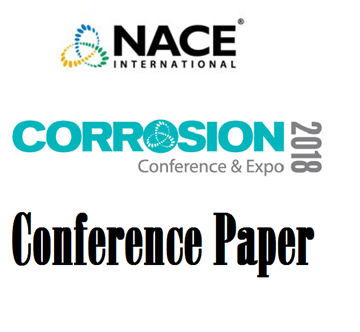Search
51318-11093-Comparison of Inhibited Erosion-Corrosion with Calcium Carbonate Particles versus Sand
Also Purchased
51318-11084-The Application Limitation Boundary of Duplex Stainless Steel under Sour Condition in Oil Fields
Product Number:
51318-11084-SG
Publication Date:
2018
$20.00
51318-11086-Failure of RFCC Catalyst Cooler Aeration Piping System (Cat Cooler Internals)
Product Number:
51318-11086-SG
Publication Date:
2018
$20.00
51318-11090-The effect of corrosion product formation mode on the early stage of sour corrosion behavior on pipeline steel
Product Number:
51318-11090-SG
Publication Date:
2018
$20.00




